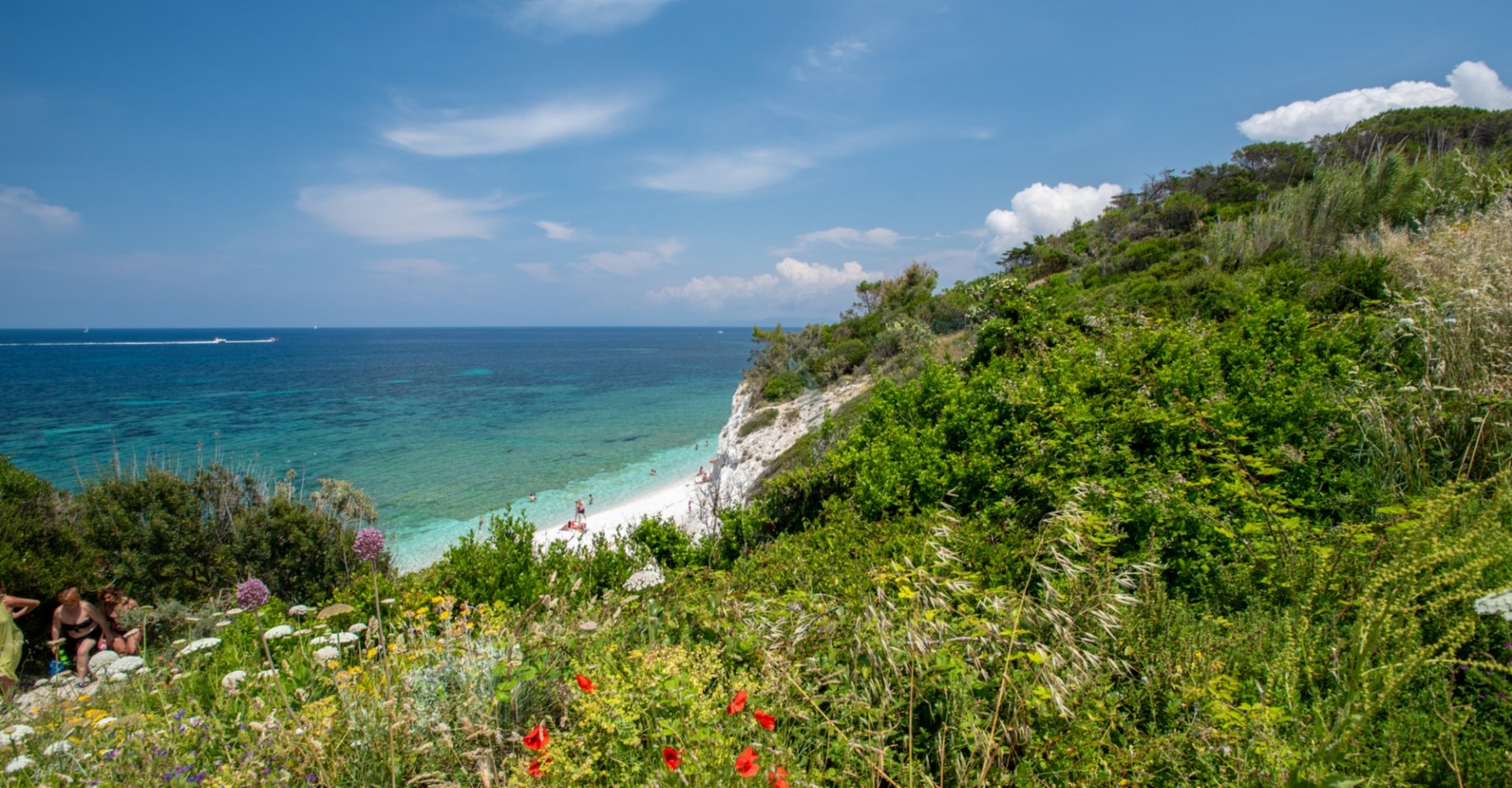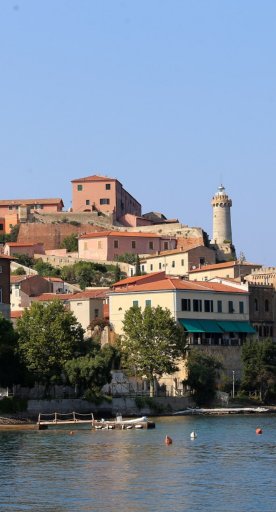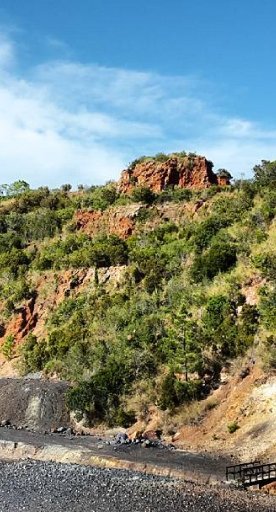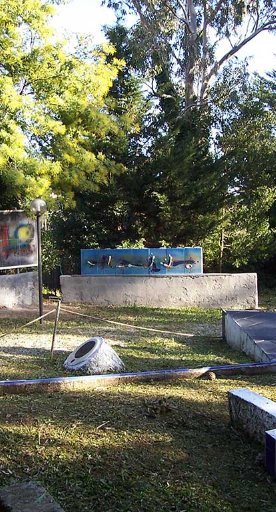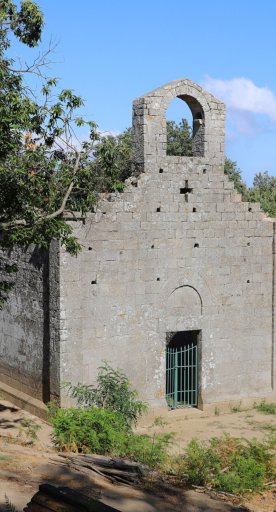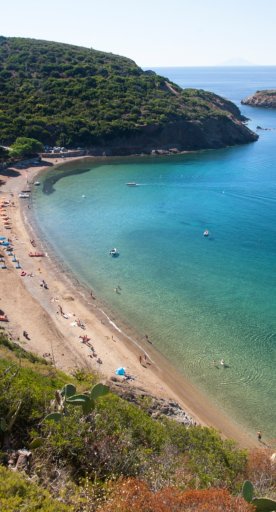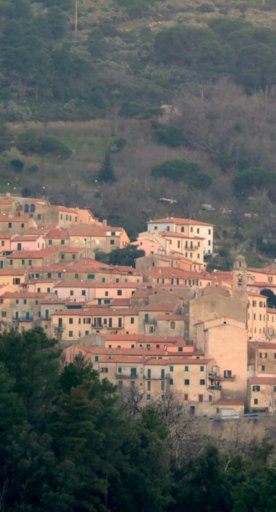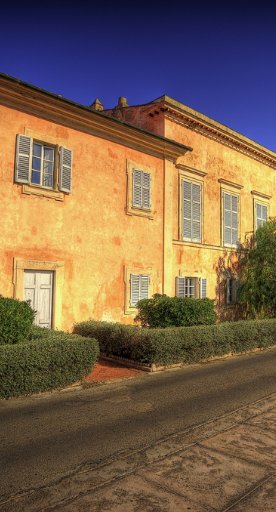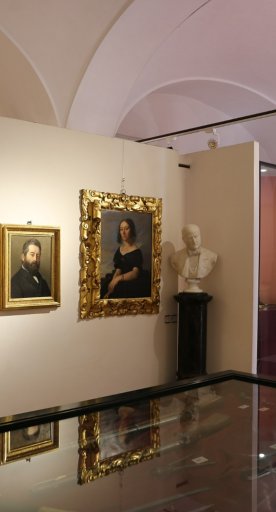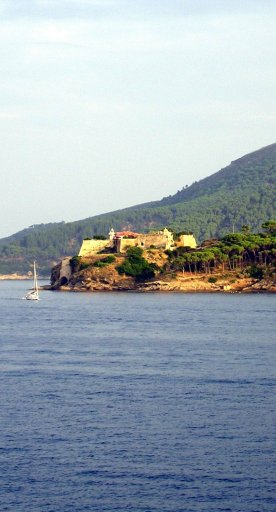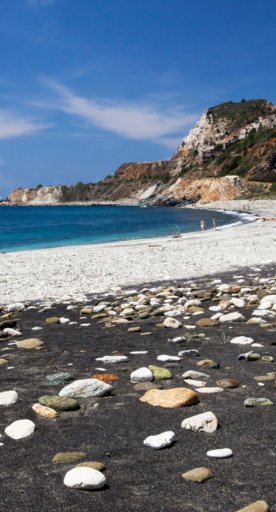Arcipelago Toscano National Park
Seven islands and a crystal-clear sea
According to legend, the seven islands that make up the Tuscan Archipelago were gems in Venus’s necklace that fell into the Tyrrhenian: today they are a true natural paradise, cared for thanks to the Arcipelago Toscano National Park, which covers a stretch of sea over 600 square kilometers between Livorno and the Argentario promontory.
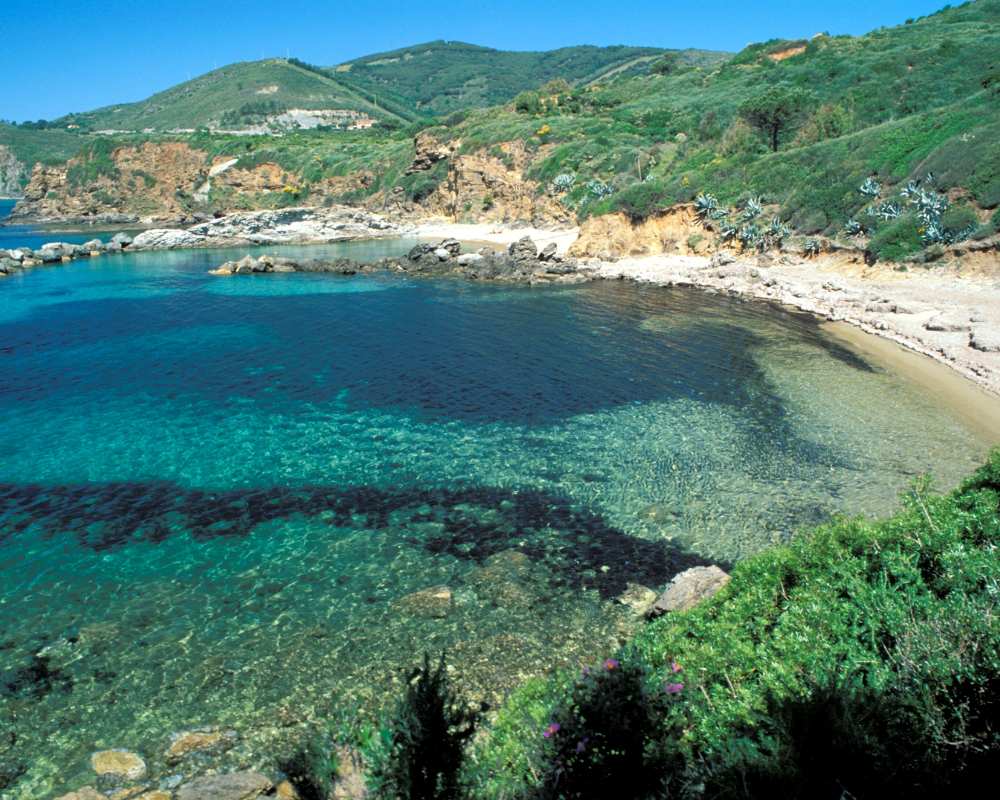
The largest island is Elba, an authentic mineralogical paradise: 150 varieties of its crystals are held in natural science museums around the world. With its triangular shape dominated over by the thousand-meter high Mount Capanne, the island is rich in gulfs, coves and hiking paths all waiting to be explored. The Butterfly Sanctuary is a must-see, located on Mount Perone, on the road between Sant’Illario and San Piero in Campo, where you can admire 50 species of butterflies, including the rarest varieties.
The second largest island is Giglio, famous for its clear water rich in marine life and much beloved by scuba divers, where amidst thriving meadows of posidonia and vertical walls covered in blue sponges and red gorgoniidae you can also catch a glimpse of sea horses.
From the time of Italian Unification to 1998, Pianosa was the seat of a maximum-security prison and for this reason, it has remained largely untouched. Today, it is open to limited guided visits, with hiking excursions and snorkelling to discover the island’s treasures.
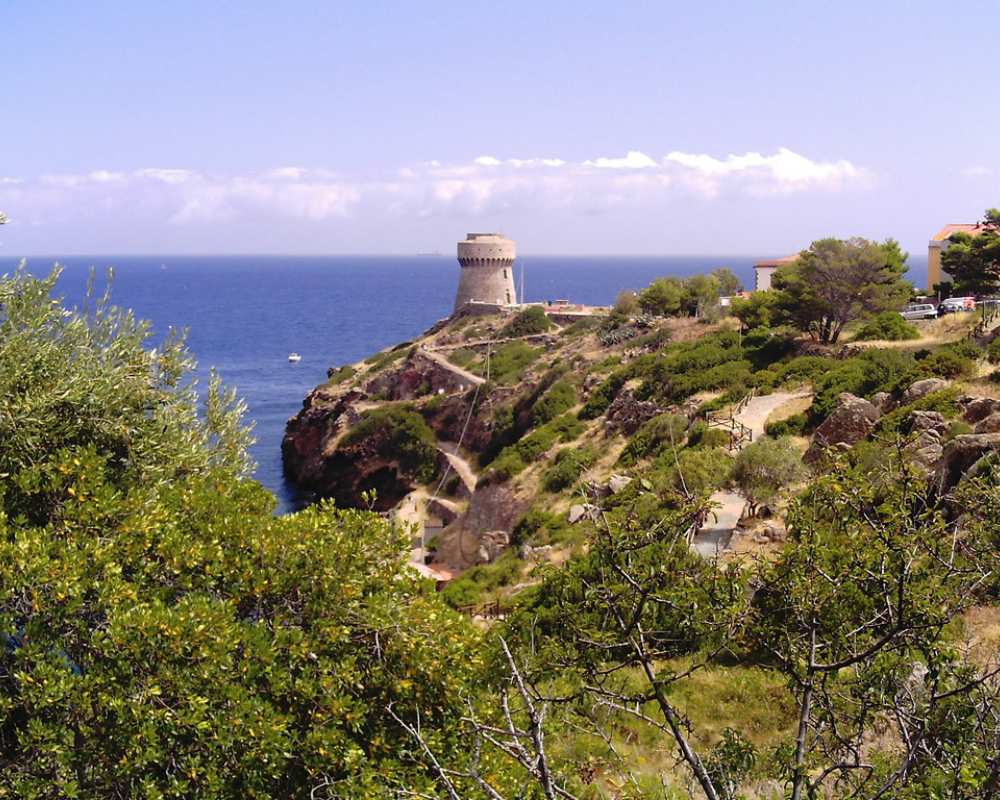
Capraia is the third largest island and the only one of volcanic origin in the archipelago, born nine million years ago from a submarine volcano. From a floral point of view, the island is a real natural laboratory, with over 650 plant species, including an endemic type of cornflower, while the seabed is much loved by snorkelling and diving enthusiasts: posidonia meadows, sea daisies, sponges, large groupers and amberjacks. A protected marine area has also been established to protect and safeguard the natural habitat.
Giannutri emerges from the sea like a limestone crescent: 11 kilometers of rocky coast and seabed rich in biodiversity, where dolphins and fin whales swim. In addition to the naturalistic beauties there is an important archaeological site: the Roman Villa of the Domizi Enobarbi. On the island you can only move on foot, there are no paved roads.
Gorgona is the smallest island in the Archipelago and the home of a farming penal colony. For this reason, it is totally managed by the penitentiary administration, who authorizes excursions with up to 75 visitors per day for 4 days a week according to an agreement with the Park Authority. Visits are possible only in small groups accompanied by a guide certified in nature excursions.
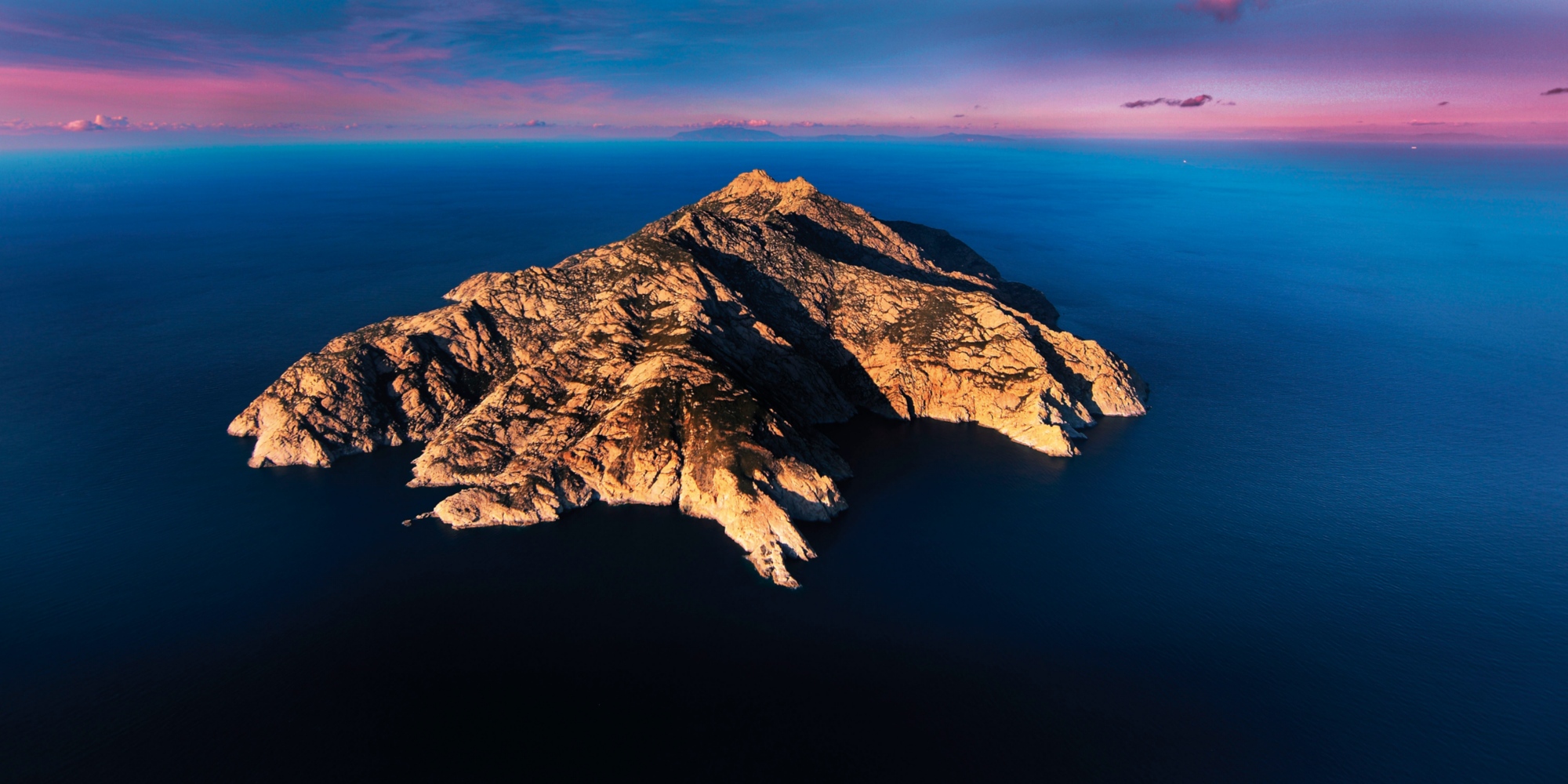
Montecristo is a true natural paradise, where thanks to the protection measures in place covering a mile around the island, the marine life is particularly lively and intact. As such, whales and other cetaceans can be seen in the area, including the rare beaked whale. To protect this oasis, only one thousand people are allowed to visit Montecristo per year on a nature excursion and in the company of the State Forestry Corps, but it is not possible to go swimming. Given the high number of requests, long waits are not uncommon to see the most mysterious island in the Archipelago.
